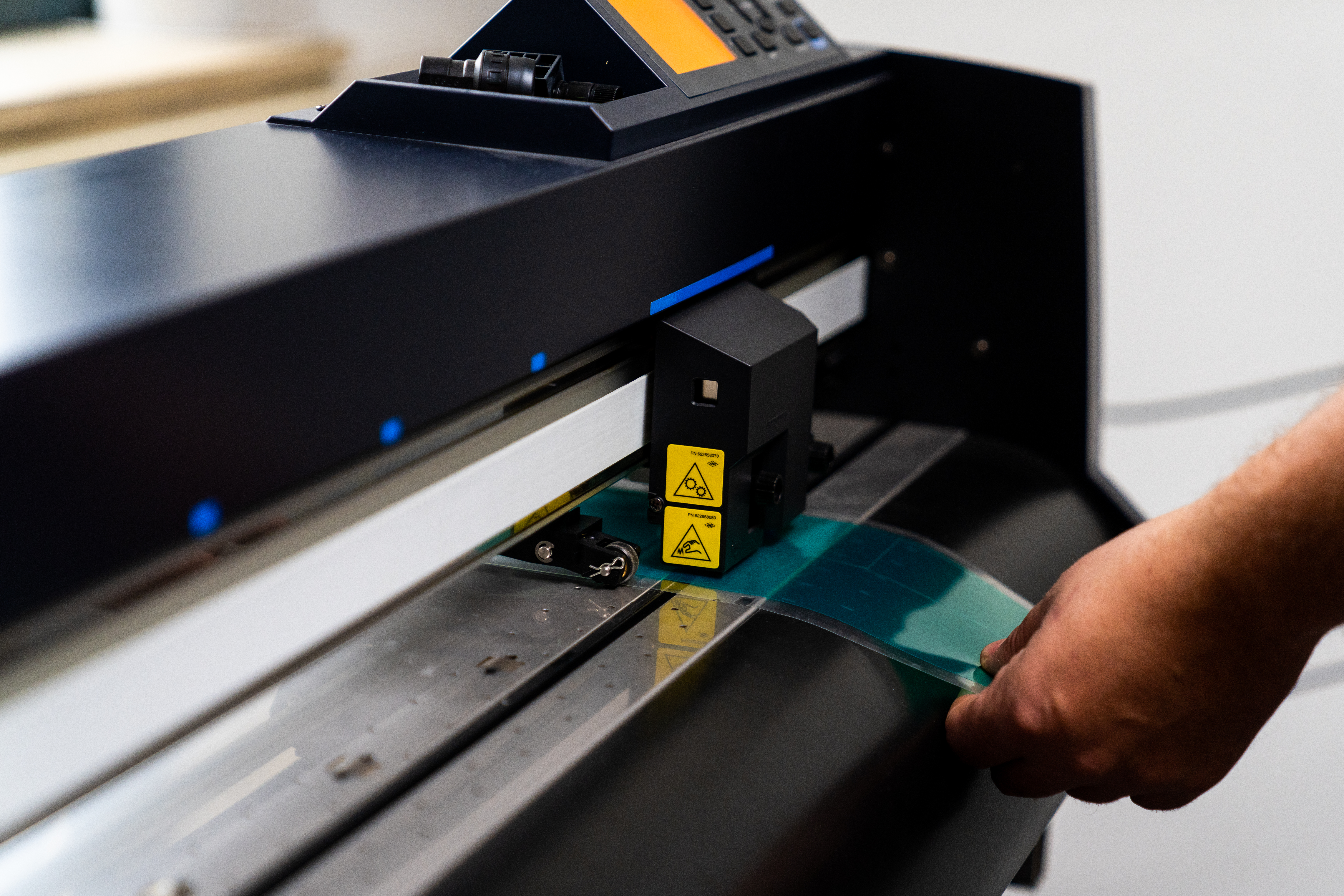
What is masking?
With any product that needs to be painted or coated, there will be areas that may not need paint on them. Those areas need to be covered or hidden from the coating. The art of covering or hiding those areas is called masking.
The most well-known form of masking is using masking tape, a crepe paper with adhesive on the back that is commonly found in DIY shops all over the world. Masking tape was invented by Richard Gurley Drew in the 1920’s as two-tone colour cars started to become popular. Richard saw the difficulty of covering one colour when painting the second colour and keeping a straight line between the colours. He took it upon himself to create a solution and, after several years, masking tape was born
The term masking can be used for anything from the simple act of placing a piece of tape over an area to stop the area being painted, up to covering a complex shape with a custom designed piece of rubber.
The average householder will use masking when they paint a room in their house. Applying a paper masking tape onto the glass next to the frame of a window, can be a very efficient way to ensure that there is a nice clean line of paint next to the glass of the window when you paint the frame. Having that tape there also makes the process of painting the window faster as you don’t have to be quite as careful when you are painting.
The need for masking on a product can be dictated by the designer of the product who wants to ensure that the paint lines are sharp and clearly define areas of the product. It can also be defined by the function of the product. There are times when it is important not to paint areas of the product because the paint may impact the function. For example, where a metal-to-metal contact is required, such as the area where a nut tightens against the metal face of the product. Compressing paint between the nut and face may mean that the nut does not tighten correctly, and it may work loose over time.
It is not just with paint where masking may be needed. There may be a requirement for certain areas of a product to be chemically treated, such as a particular area of a shaft that needs to have a plating treatment to improve performance or reduce wear. The rest of the shaft will need to be masked to ensure the whole shaft is not chemically treated.
There are also more practical reasons for masking, such as threaded holes where paint should be kept out of the holes, so the screws can be fitted into the holes quickly and easily.
So, as you can see, the need for masking is all around us and can, in some cases, be easily accomplished with basic items such as masking tape; although in many cases the requirements can be quite complex and precise leading to the need for well designed, easy to apply, readily available masking solutions.
In the next article in this series about masking, we will discuss some of the masking products that are available to help people mask their products in an efficient and consistent manner.
